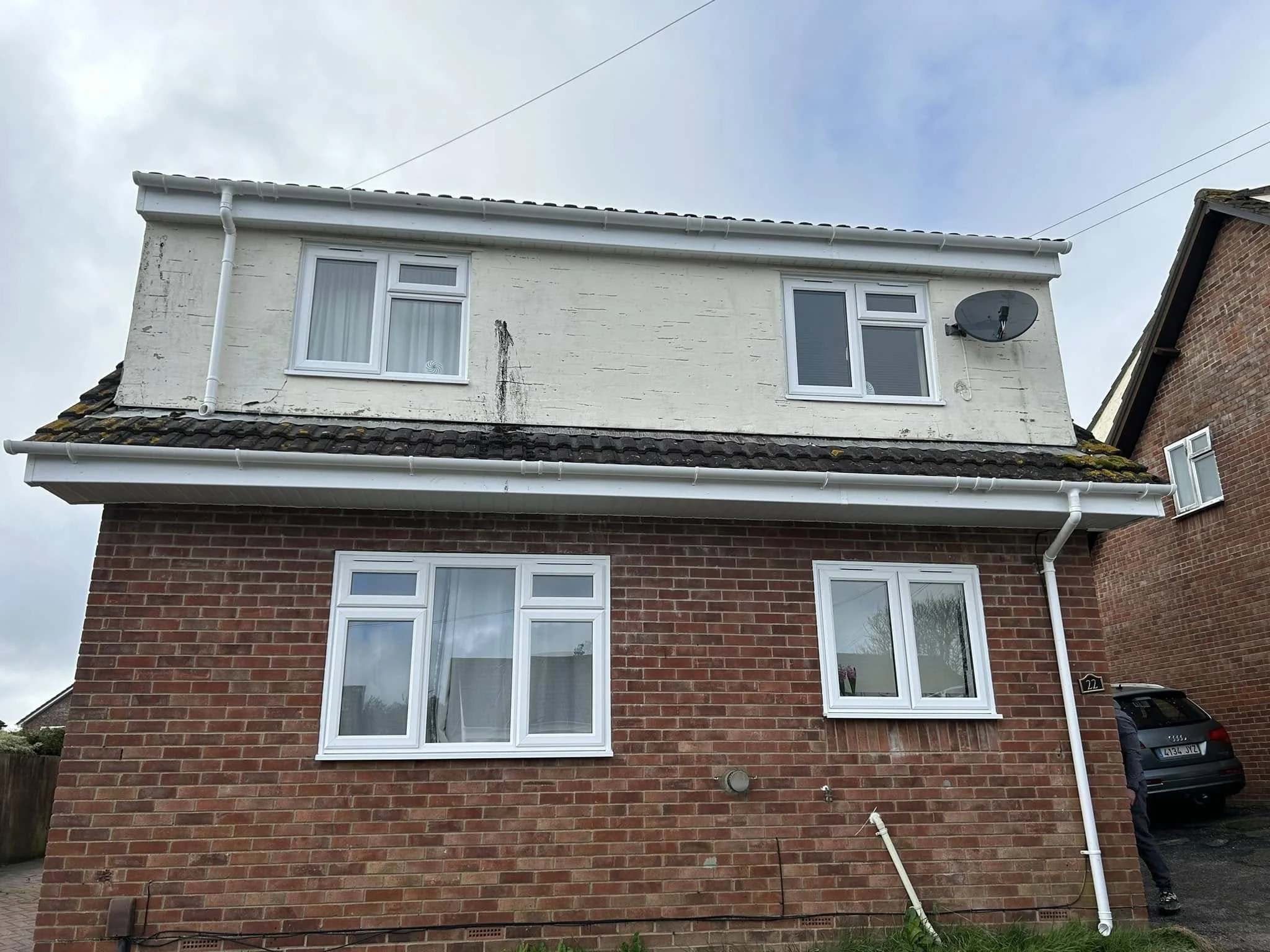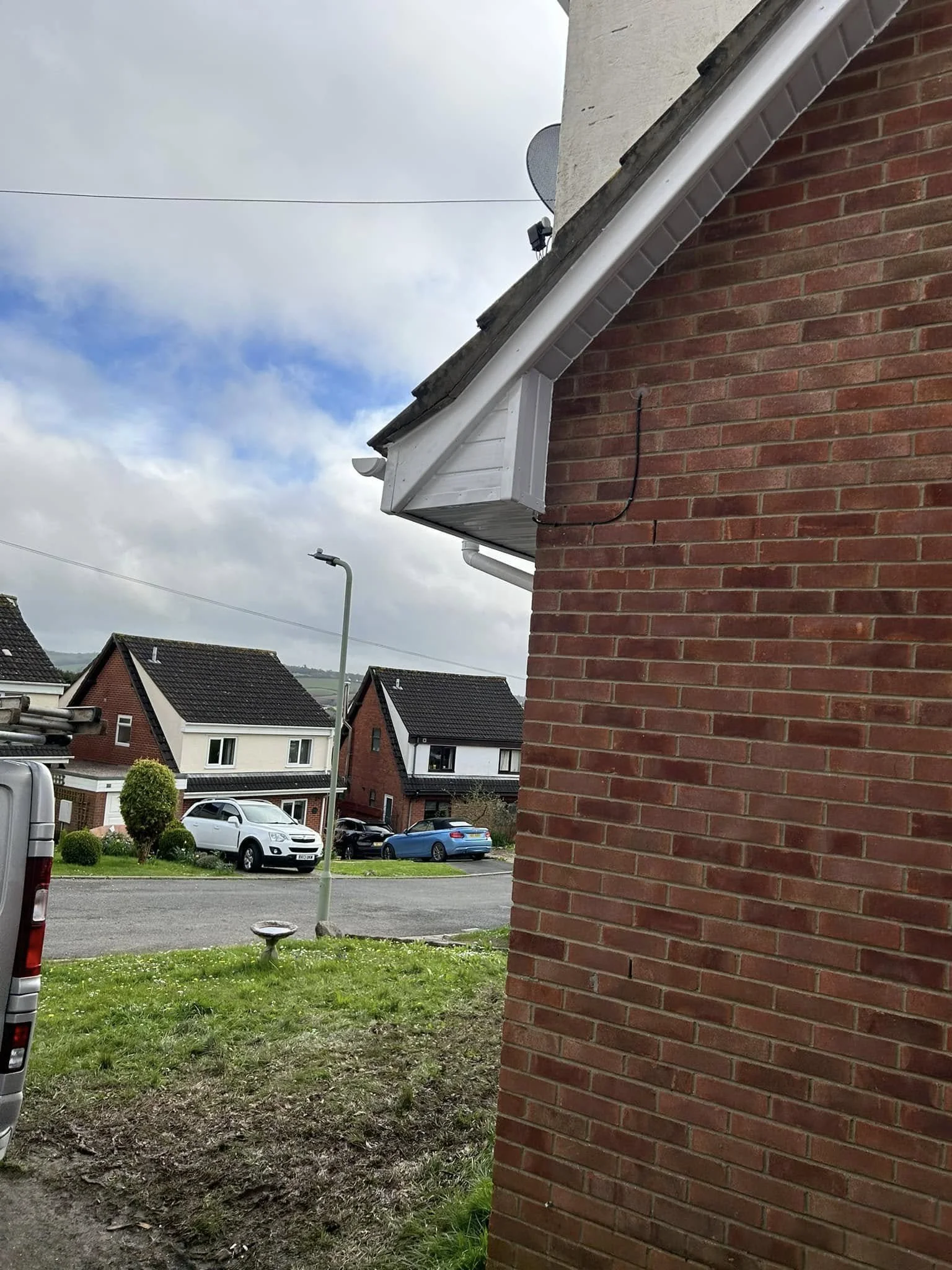PVC Fascia, Soffits & Guttering
PVC Fascia
A PVC fascia board is a crucial component of a building's roofing system, serving both a functional and aesthetic purpose. It's the long, straight board that is installed along the lower edge of the roof, precisely where the roofline meets the outer walls of the structure. Made from Polyvinyl Chloride (PVC), this type of fascia board provides a durable, low-maintenance alternative to traditional wooden fascia. Beyond creating a clean, finished look, the fascia plays a vital role in supporting the roof's edge, protecting the roof rafters from the elements, and providing a secure attachment point for gutters. Its non-porous nature makes it resistant to moisture, rot, and insect infestation, contributing to the overall longevity and health of the building.
PVC Soffit
A PVC soffit, short for Polyvinyl Chloride soffit, is a flat panel installed beneath the fascia board, effectively covering the roof's overhang. This seemingly simple component plays a crucial role in protecting the exposed area of the roof, bridging the gap between the external wall and the fascia. By "boxing in" this space, the soffit helps prevent wind and rain from entering and causing damage. However, this enclosure also raises a concern about ventilation. Without proper airflow, condensation can build up within the enclosed space, potentially leading to issues like mold or rot. To counteract this, most PVC soffits come equipped with built-in ventilation holes or slots, ensuring a constant circulation of air. Alternatively, homeowners can opt for "over fascia" ventilation systems, which allow air to flow between the roof and fascia board without compromising the protection offered by the soffit itself. Choosing the right type of soffit and ventilation method is crucial for maintaining a healthy and structurally sound roof.
PVC Guttering
Rainwater systems play a crucial role in protecting your home from the elements. They efficiently collect water running off your roof, channeling it through gutters and downpipes into either the main underground drainage system or a designated soakaway. A properly functioning PVC drainage system is essential for maintaining both the aesthetic appeal and structural integrity of your property. Most homes are equipped with either half-round or square guttering, but when it comes to upgrades, simply replacing with the same style might not be the most effective solution.
Changing weather patterns, particularly the increasing intensity of rainfall, are challenging traditional guttering systems. Many systems are now struggling to cope with the higher volumes of water, leading to overflows. If left unaddressed, these overflows can cause significant damage to the exterior of your building and, over time, can lead to water ingress. One solution to this problem is to consider installing a deeper guttering system, which is designed to handle larger amounts of rainwater more effectively.










